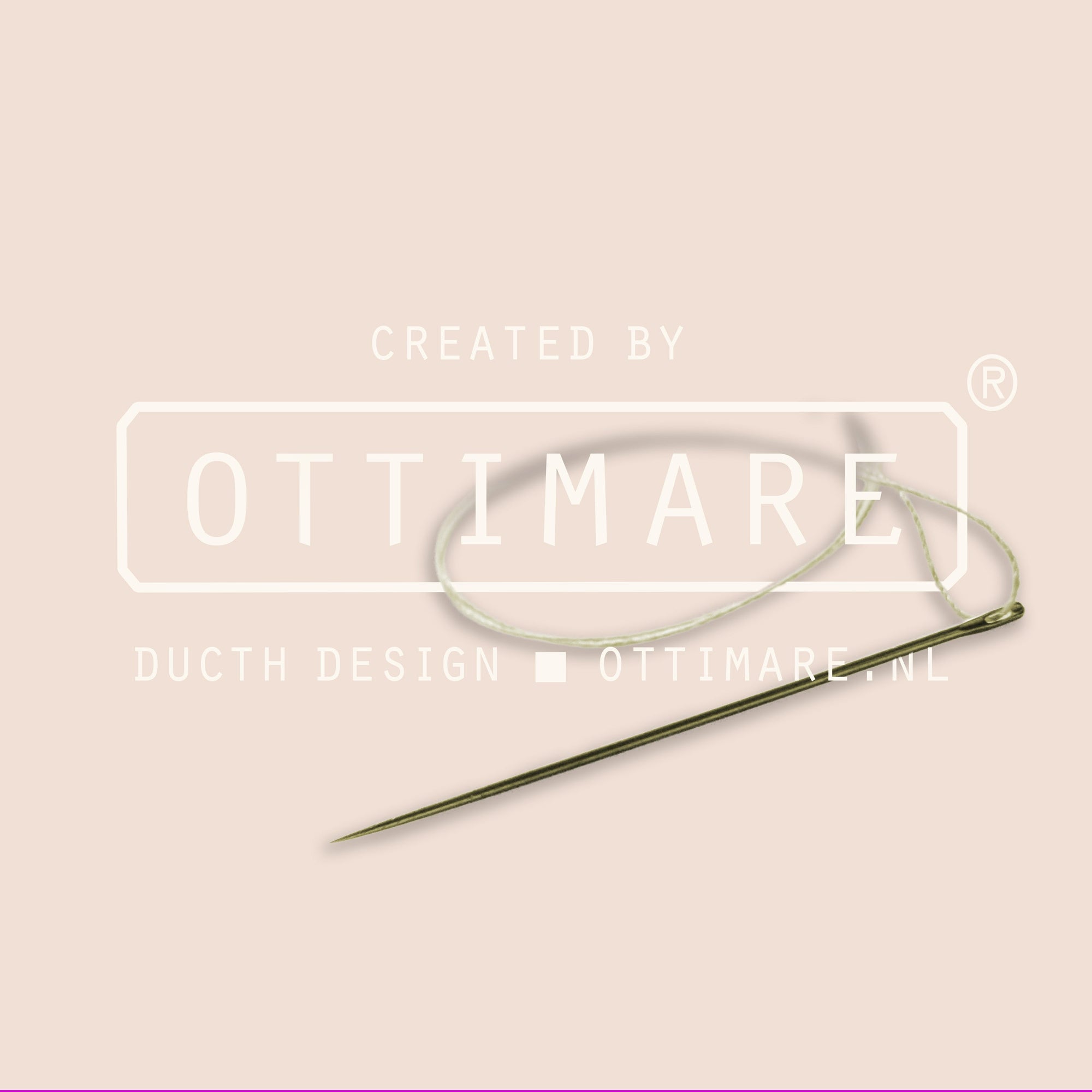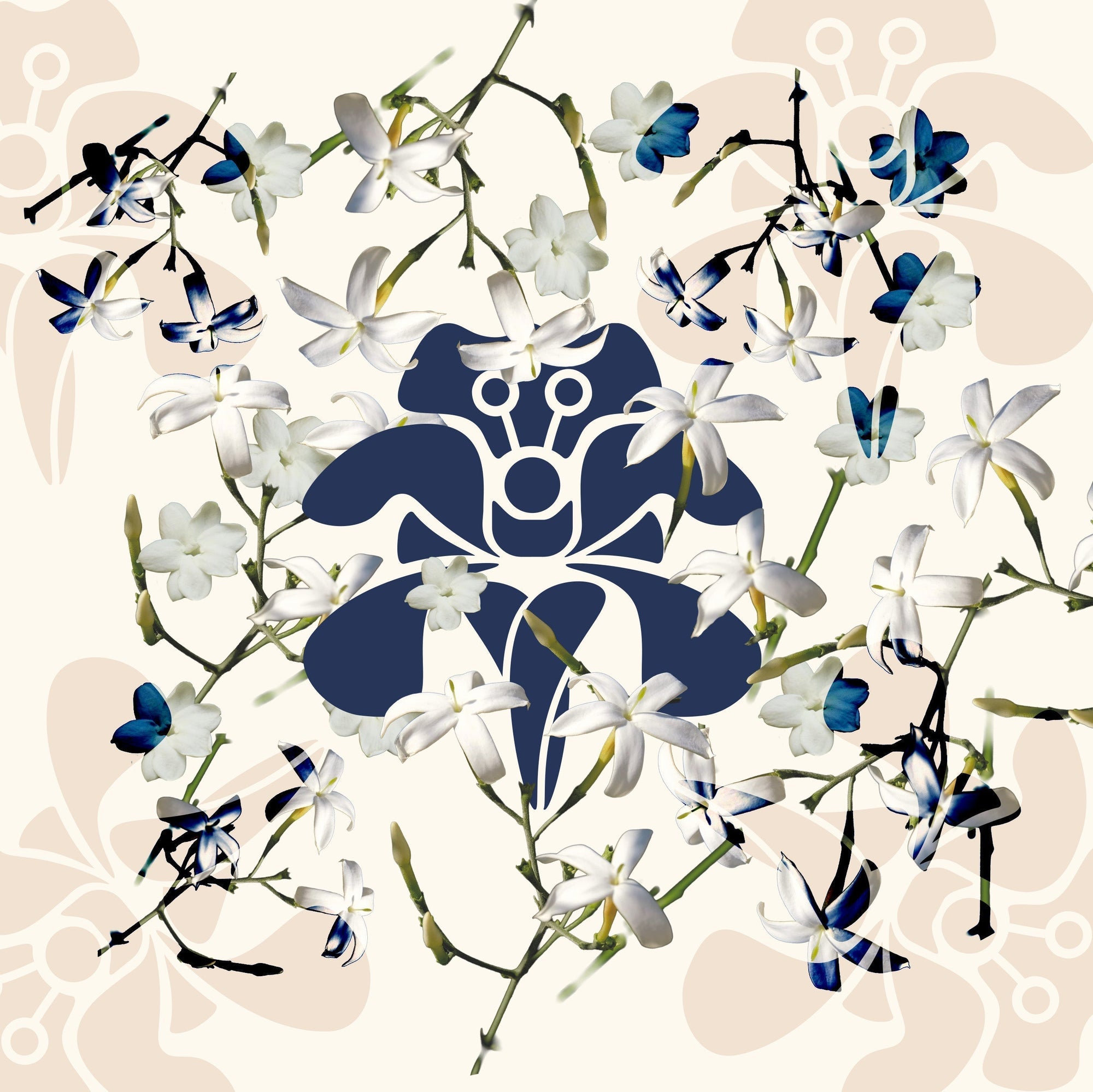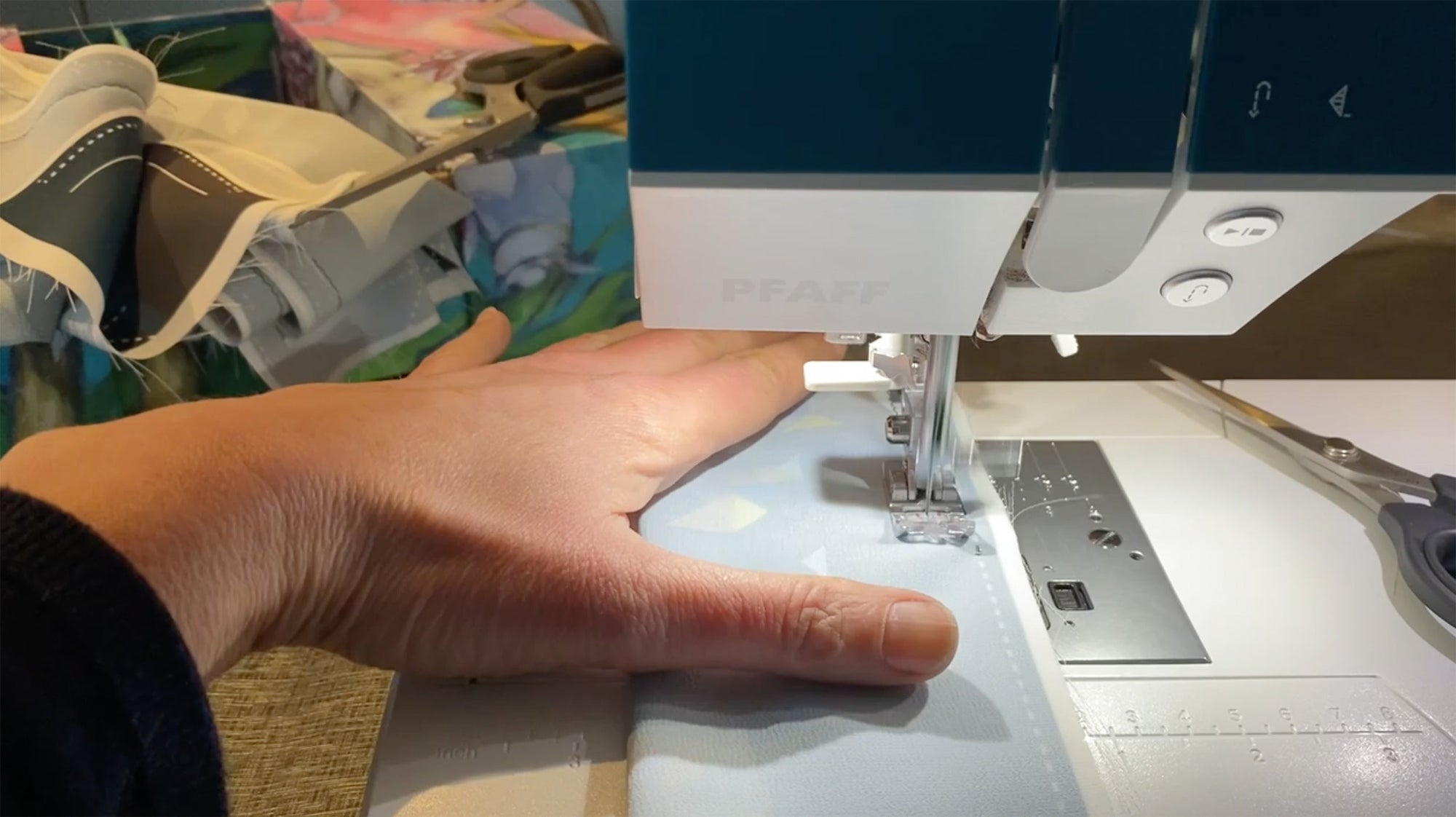After the blog “What Does ‘Handmade’ Actually Mean?” was published, it sparked many thoughtful responses and some very good questions. One question in particular stood out: how can you tell, in practice, whether something is truly handmade? What are the signs of an artisanal product, even before making a purchase?
Here are a few practical pointers. Once you know what to look for, the difference between mass production and real craftsmanship becomes much easier to spot.
Signs of an Artisanal Product
1. Country of Origin
Start with the product description. Does it state where the product was actually made — not just where it was imported from? Makers who work with care and integrity are usually transparent about where their goods are produced.
2. Material Details
A clear description of the materials used can reveal a lot. If no information is given, don’t hesitate to ask. True artisans are often proud to share details about their fabrics, processes, and choices.
3. Direct Contact with the Maker
Is it possible to get in touch with the person or small workshop behind the product? If the only contact is a generic customer service team, chances are it’s not a handmade item in the true sense. Real craft usually comes with a name, a face, a story.
4. Possibility for Customization
The option for customization — even for an added fee — is a strong indicator of small-scale, artisanal production. Large chains rarely, if ever, offer this flexibility.
5. Unique or Mass-produced?
If a product is widely available from many sellers, it likely hasn’t been handcrafted in small batches. Independent studios simply don’t produce high volumes. Limited availability often means genuine craftsmanship.
6. Is the Price Proportionate to the Labor?
A quality product made by hand and in small quantities takes time — and time costs money. For example, when it comes to a scarf, several elements go into the price:
• designing the pattern and shape
• cutting, sewing, and finishing
• fabric printing
• packaging and shipping
• material costs (threads, machines, tools)
• and overhead (web shop, administration, marketing)
A supposedly “unique” scarf priced at €15 including VAT, that involves even just 30 minutes of sewing? That simply doesn’t add up — even in a country with lower labour costs.
7. Big Promotions or ‘Free with Purchase’?
Deep discounts or "free gift with purchase" offers often indicate mass production and surplus inventory. Makers working at artisanal scale rarely run such promotions; their margins are simply too tight.
Telltale Details
Repeat Patterns
Solid colors and small repeat patterns are ideal for mass production. They allow for minimal waste and flexible use across different items. Handmade pieces often feature:
• large, complex prints
• or a design created specifically for a single product
Think of a twilly scarf with two differently coloured sides and no repeating pattern; not something easily mass-produced.
Hand-Finished Details
Look closely at the details. Slight irregularities in stitching often indicate that part of the product was sewn by hand. These are not flaws, but signs of the human hand at work — what makes the item unique.
Unbranded Fabric
Fabrics without a signature or exclusive design can be bought and used by many different brands. That doesn’t make them bad, but it does mean they’re not unique.
What Exactly Is Handmade?
Sometimes only part of a product is handmade or elements are creatively assembled. Sewing together four scarves from a discount marketplace and calling it handmade? That doesn’t meet the mark.
Packaging
How a product is packaged can also speak volumes. If a so-called handmade item arrives in a thin grey plastic bag, it may raise questions. Craftspeople tend to take pride in how their work is presented; it’s part of the experience.
The Grey Area
Not all artisanal production is done by a single person from start to finish. In many cases, a team of skilled makers collaborates, each with their own specialty. Or some steps are outsourced to allow for small-scale production. As long as care and attention remain visible, it can still be considered true craftsmanship.
Even a few globally known luxury brands can (in my opinion) carry the label “handmade” with integrity. Take Hermès or Rolls-Royce. Yes, they use machines and employ large teams, but their hand-finished components are extraordinary. At Hermès, scarves are still rolled and hemmed by hand, using a technique admired across the fashion world. At Rolls-Royce, precision and custom tailoring remain central to the product, even though the engine may be made elsewhere.
In Conclusion
True handmade craftsmanship is more than just a label. It reflects a way of working, thinking, and valuing quality. Once the signs are clear, the difference becomes unmistakable. Not just in how something looks, but in how it feels.


